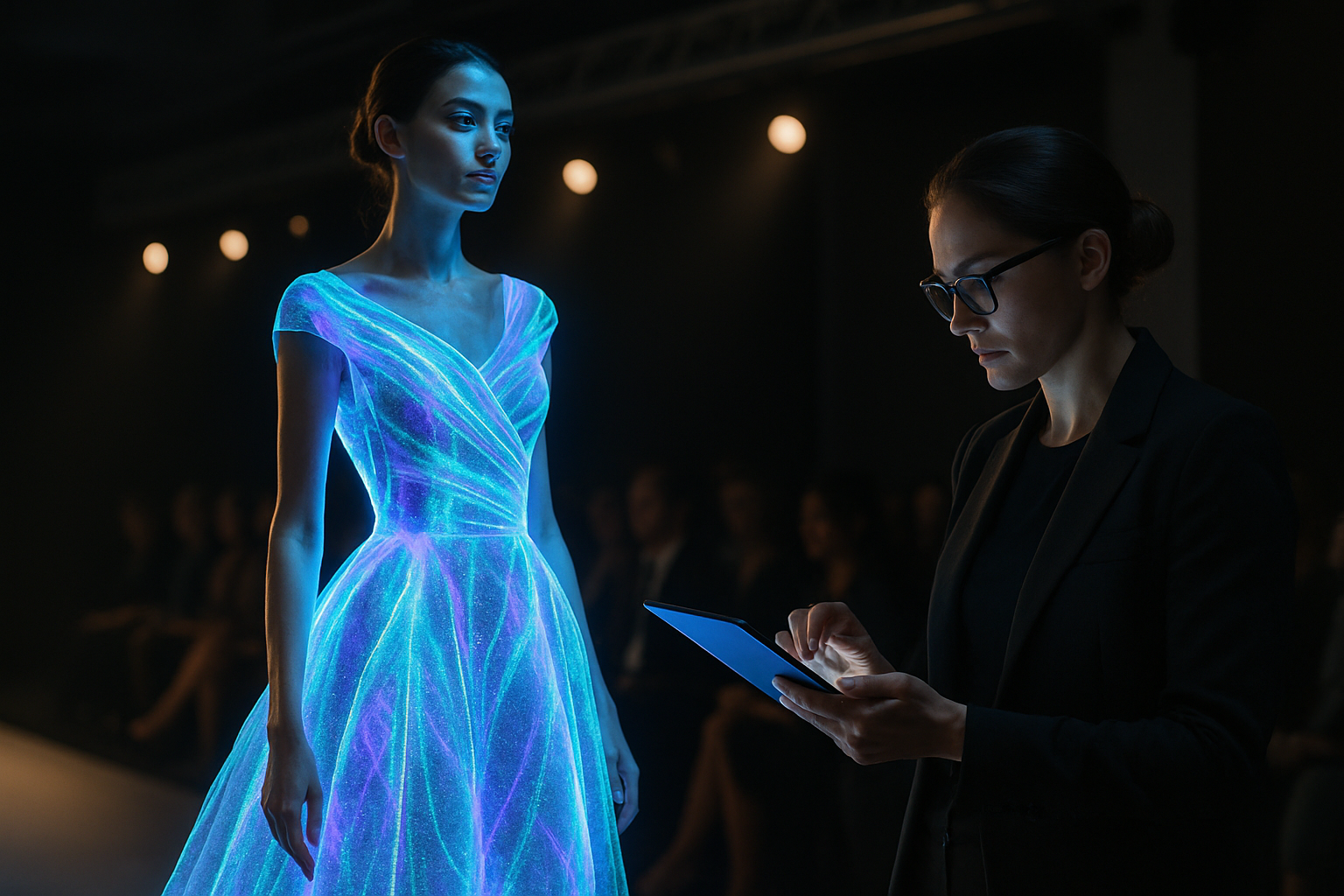Holographic Fashion: The Future of Wearable Art
In a world where technology and fashion constantly intertwine, holographic clothing stands at the forefront of innovation. This cutting-edge fusion of digital artistry and haute couture is reshaping runways, redefining personal expression, and challenging our perceptions of wearable art. As designers push the boundaries of what's possible, holographic fashion emerges as a captivating medium that blurs the lines between reality and imagination, promising a future where our wardrobes are limited only by our creativity.

From Science Fiction to Haute Couture
The concept of holographic clothing long existed in the realm of science fiction, captivating audiences in futuristic films and literature. However, the transition from fantasy to reality began in earnest during the early 2000s. Pioneering designers started incorporating holographic elements into their collections, initially as accents or statement pieces. These early adopters faced numerous challenges, from the limitations of available materials to the practicality of wearable holograms.
Technological Breakthroughs
The true revolution in holographic fashion came with advancements in flexible display technology and programmable fabrics. Researchers developed materials that could change color, pattern, and even texture in response to environmental stimuli or user commands. This breakthrough allowed designers to create garments that were not just visually stunning but also interactive and customizable.
The Runway Revolution
As holographic fashion evolved, it began to make waves on international runways. Haute couture houses and avant-garde designers alike embraced the technology, incorporating it into their collections in increasingly sophisticated ways. From shimmering holographic gowns that seemed to float on air to suits that changed patterns with each step, these creations pushed the boundaries of what was possible in fashion design.
Beyond Aesthetics: Functionality and Sustainability
Holographic fashion is not merely about visual spectacle; it also offers practical benefits. Designers are exploring ways to integrate holographic displays into everyday clothing, creating garments that can display information, change to suit different occasions, or even adapt to weather conditions. This versatility could potentially reduce the need for extensive wardrobes, addressing issues of sustainability in the fashion industry.
The Democratization of Holographic Style
While initially confined to high-end fashion, holographic clothing is gradually becoming more accessible to the general public. Streetwear brands and fast-fashion retailers are beginning to incorporate holographic elements into their designs, bringing this futuristic style to a wider audience. As production costs decrease and technology improves, holographic fashion is poised to become a staple in everyday wardrobes.
Challenges and Ethical Considerations
Despite its potential, holographic fashion faces several challenges. Durability, power requirements, and the environmental impact of producing holographic materials are ongoing concerns. Additionally, as clothing becomes more technologically advanced, questions arise about data privacy and the potential for hacking or unauthorized access to wearable displays.
The Cultural Impact of Digital Couture
Holographic fashion is not just changing what we wear; it’s influencing how we express ourselves and interact with our environment. This new form of wearable art is blurring the lines between physical and digital realities, offering wearers unprecedented control over their appearance and how they present themselves to the world. As holographic clothing becomes more prevalent, it has the potential to reshape cultural norms around dress and personal expression.
Looking to the Future
As we stand on the cusp of a new era in fashion, the possibilities for holographic clothing seem limitless. From augmented reality interfaces woven into fabric to garments that respond to our thoughts and emotions, the future of fashion promises to be as dynamic and ever-changing as the holographic displays themselves. This fusion of technology and artistry is not just altering the face of fashion; it’s redefining the very concept of clothing in the digital age.





